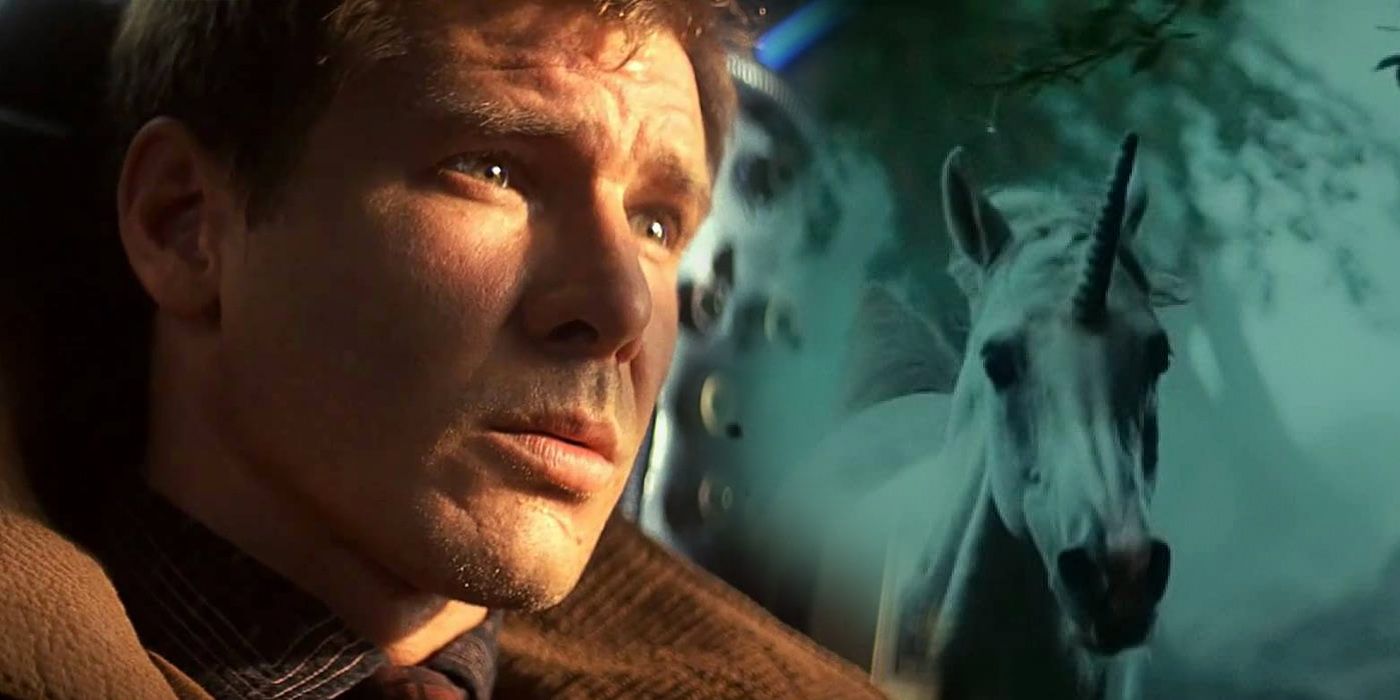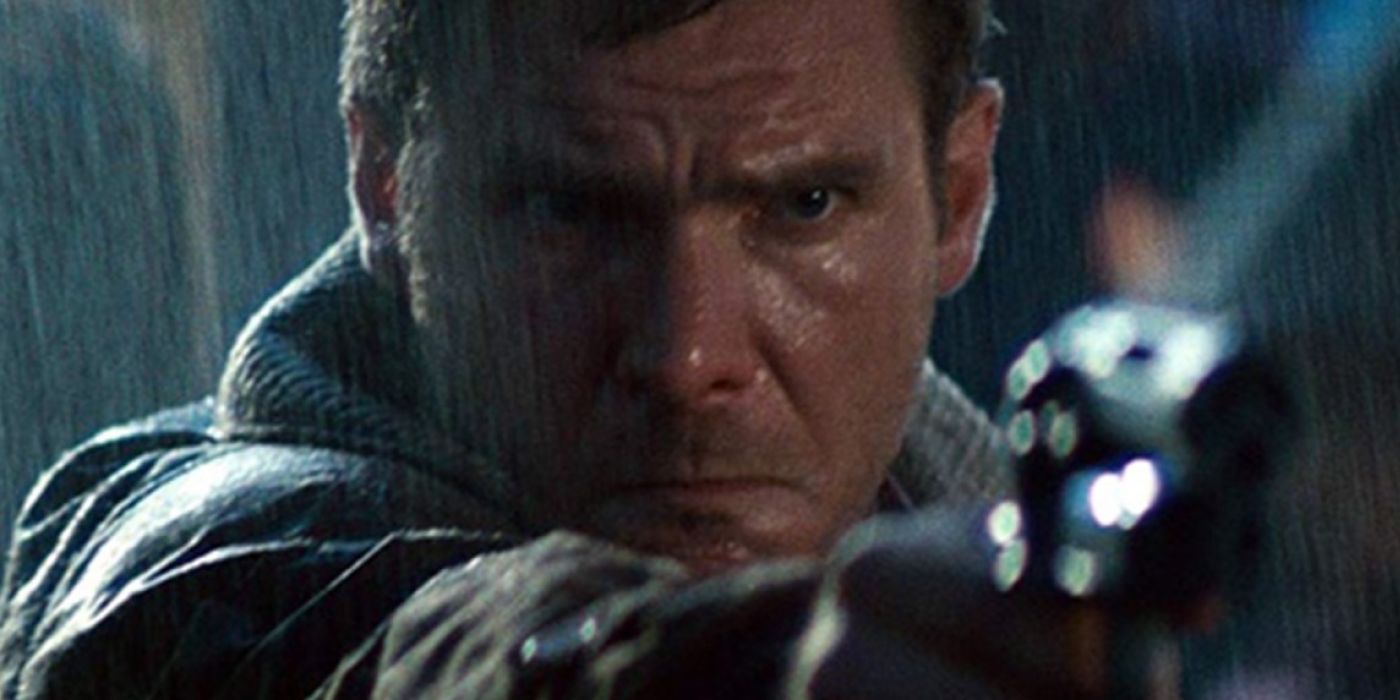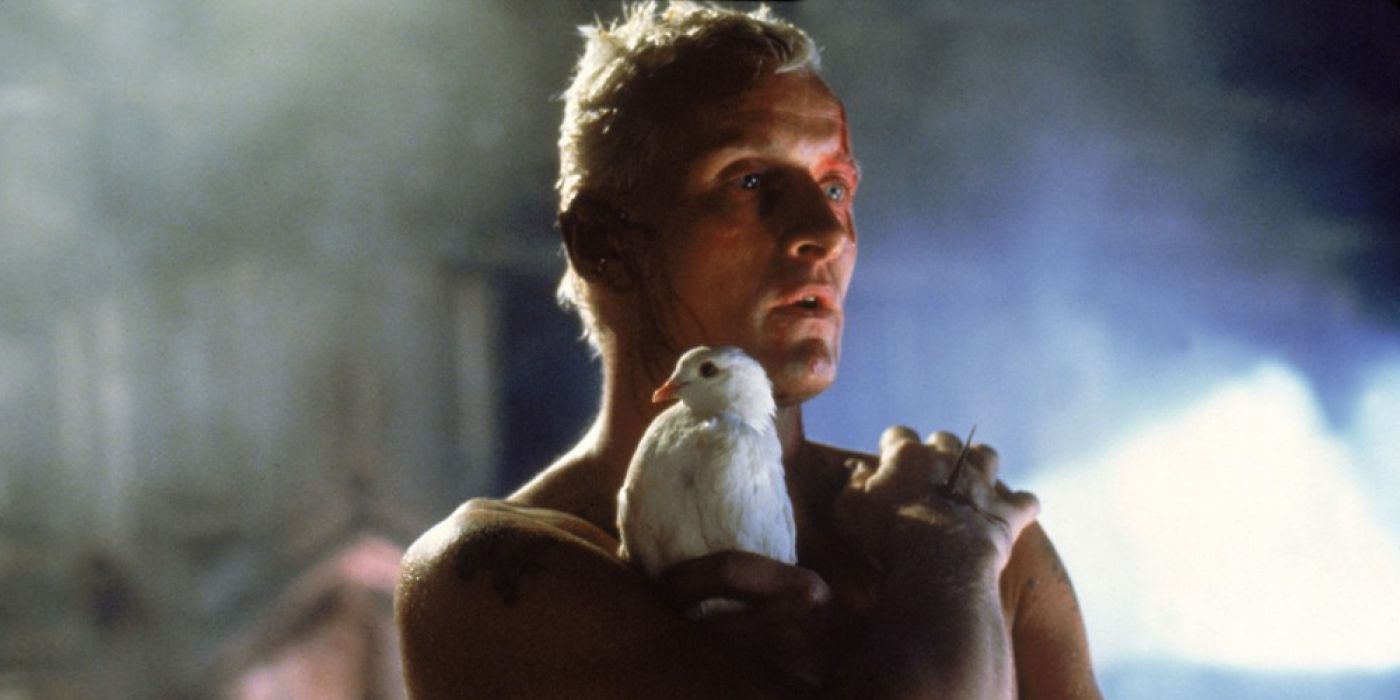Blade Runner
Originally release in 1982 and not a boxful office hit , theatre director Ridley Scott’sBlade Runnerhas not only achieved status as a germinal sci - fi classic , but the plastic film has survive several cinematic life in the last 35 year . Star Warsis the only other major sci - fi film that has been tinkered with as many times asBlade Runner , but unlike the original cut of what is now known asA New Hope , whichLucasfilm continues to deny its fans , most versions ofBlade Runnerare pronto available to be possess .
" I ’ve seen thing you people would n’t believe … “is how the most noted piece of dialogue inBlade Runner , verbalize by Roy Batty ( Rutger Hauer ) , begins . Most masses would n’t believe how many versions there are ofBlade Runner . In all , there are 7 basal versions that be of the film and have been screen over the years : the 1982 workprint prototype cut of meat ; the 1982 San Diego sneak preview cut ; the 1982 Theatrical cut ; the 1982 International Theatrical cut ; the 1986 US broadcast baseball swing ; the 1992 Director ’s Cut ; and the 2007 Final Cut .
The five versions ofBlade Runnerprior to the 1992 Director ’s Cut and the 2007 Final Cut vary in what scenes they hold back . The workprint in 1982 was only shown to essay audiences in Dallas and Denver ; this work - in - progress reading lacked the title crawl and opening and conclusion credit . The San Diego deletion is nearly identical to the US Theatrical cutting except for three extra scene that do n’t be in any other version . The International cutting is slightly longer and more wild than the US Theatrical version . The 1986 rendering release for broadcast on US television is heavily delete to omit the harsh oral communication and nudity and reduce the violent scenes to meet American internet programme standards .

However , when it comes to discussingBlade Runner , only three version ' subject . ' Most sports fan - as well as Ridley Scott and star Harrison Ford themselves - are in the main concerned with the 1982 US Theatrical Cut , the 1992 Director ’s Cut , and the 2007 Final Cut .
THE THREE MAIN BLADE RUNNER CUTS AND THEIR DIFFERENCES
The US Theatrical Cut released in 1982 is famed for containing a articulation - over by the titulary Blade Runner of the story , Rick Deckard ( Harrison Ford ) and for a studio - mandate ' glad ending ' in which Deckard and Rachael ( Sean Young ) , the Replicant he falls in love with , escape Los Angeles to begin new lives in the mountains ( which are actually re - purposed helicopter shots from Stanley Kubrick’sThe Shining ) . intend to invoke the firmly - boiled detective story Warner Bros. wanted the flick modeled after , as well as to provide a more interview - friendly way to observe what was consider a narratively perplexing film , the studio add up the voice - over yarn without the approving of Ridley Scott .
The 1992 Director ’s Cut is Ridley Scott - approved , though he did n’t at once supervise this version as he was shootingThelma and Louiseat the time . process off his notes and list of changes he trust made , moving picture preservationist Michael Arick create the Director ’s Cut from a 70 mm print of the archetype . The Director ’s slash features the be primary change from the Theatrical Cut :
To strike off the twenty-fifth anniversary ofBlade Runner , the Final Cut was let go in 2007 . 100 % supervised by Ridley Scott , the Final Cut is the director ’s definitive version of the film . The Final Cut is a longer version of the Director ’s Cut , with many visual effects castigate ( such as actress Joanna Cassidy ’s face digitally mapped into the stunt char when her Replicant character Zhora is kill by Deckard ) , scenes from the International cuts as well as additional scenes inserted , and it have the full version of the unicorn scene . The final undercut also contain a full return of the persistent scotch by composer Vangelis .

WHICH VERSION IS BEST AND HOW DOES IT AFFECT BLADE RUNNER 2049?
Blade Runner 2049director Denis Villeneuve was asked at San Diego Comic Conwhich version of Blade Runner his pic is a sequel to . Villeneuve responded say it was the Final Cut , but at the same time professed his honey of the theatrical version he get up with .
ThoughHarrison Ford himself suppose he prefer the Final Cut , Ford and Ridley Scott , meanwhile , continue to debate the true nature of Rick Deckard . The director understandably intended for Deckard to be a Replicant , while Ford asseverate he always played the part as human .
As for which side of the debate you fall on , it ’s mostly a question of when and how you discovered the film . Many older rooter still prefer the more easily digested US Theatrical variation from 1982 ; the voice - over tale by Ford and the ' happy conclusion ' has its part of nostalgia - fueled defenders . The Director ’s slice brought with it a resurgence of interest inBlade Runnerfor motion-picture show fanatic , as the divine revelation that Deckard is a Replicant made fans see the film and the themes it contains in a whole new way . Finally , Ridley Scott ’s classical Final Cut seems to terminate any doubt of what his intentions for his taradiddle were .

The Final Cut cementsBlade Runneras a ambitious and thought - provoking cinematic chef-d’oeuvre . At the end of the day , it ’s surd to fence with the director and illusionist that the Final Cut is the ultimate reading ofBlade Runner -even if you ’re Harrison Ford .
NEXT:Blade Runner 2049’s Ending Explained


